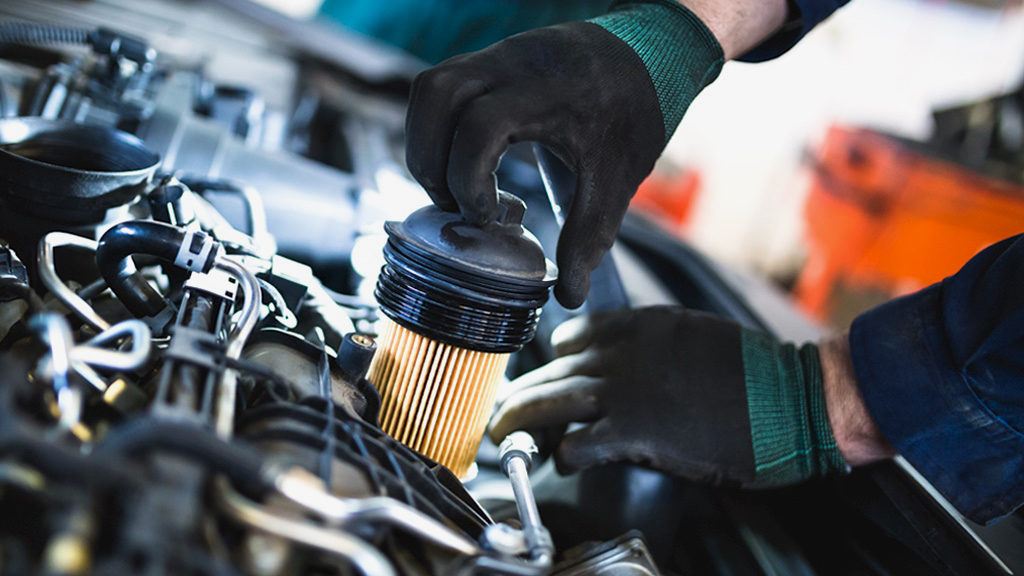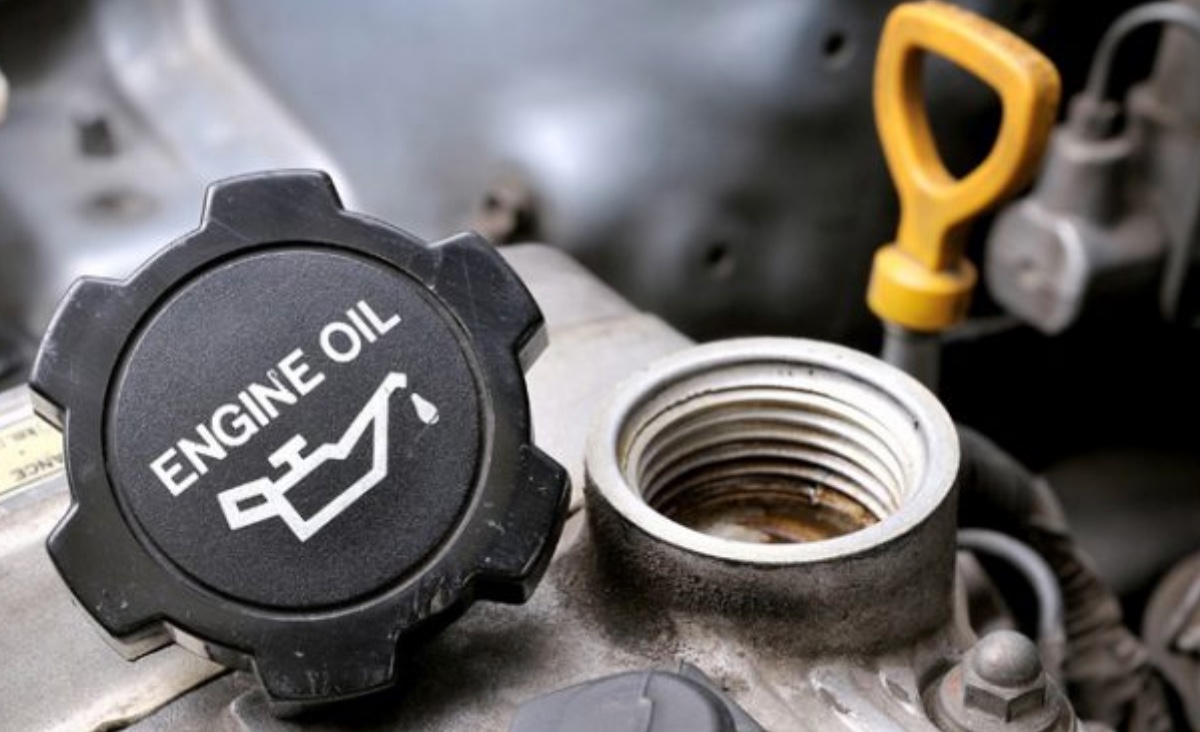When your car’s heater stops working, it can make even short trips uncomfortable. Don’t worry, many heater issues can be resolved at home with just a few basic tools and a little patience.
In this guide, we’ll walk you through common heater problems and provide easy DIY fixes that will save you time and money.
Let's get your heater back in action: How Does a Car Heater Work?

Your car’s heater uses heat from the engine to warm the air it circulates inside the cabin.
- The engine generates heat as it runs, causing the coolant (sometimes called antifreeze) to warm up. The heated coolant flows through the engine and then into the heater core, which is like a small radiator located under your dashboard.
- As the hot coolant flows through the heater core, it radiates heat. A fan (blower motor) pushes air through the heater core, warming it before sending it into your car’s cabin.
- The warmed air is then directed by blend doors under the dash that enable you to adjust the temperature through the mix of warm and cool air that goes into the cabin.
Here are the most common heater problems and DIY fixes:
1. Blower Motor Issues

When your blower motor isn’t working, you won’t feel air coming through the vents on any fan setting. A blown fuse could be the cause, which is a very easy fix:
- Your owner’s manual will show the location of the fuse box in your vehicle and which fuse controls the blower motor.
- If the fuse is blown, replace it with one of identical amperage.
If the fuse is fine, inspect the blower motor, which is often tucked under the passenger side of the dashboard. You may need to remove parts of the dash or panels to access it. Remove the motor and test it by connecting it directly to a 12-volt power source. If it doesn’t spin, it’s time for a replacement. A Tinker expert is available to help guide you.
- Safety Warning: Always disconnect the battery when working on any aspect of your car’s electrical components. Disconnect the negative terminal first, and when you're done, reconnect the positive terminal before the negative one.
2. Faulty Heater Control Valve
The heater control valve controls how much warm coolant flows to the heater core. If it fails, you may get inconsistent temperature output or worse: only cold air even if the engine is at operating temperature.
The heater control valve is typically located near the heater hoses that run from the engine to the heater core. It’s often situated on the firewall or near the engine block and secured with a few bolts.
If it’s leaking, damaged or stuck open or closed, you’ll need to replace it. This isn’t a difficult DIY job but does require draining the coolant from the system and removing the heater hoses connected to the control valve. This is also a good time to replace the coolant since you’ve drained the system. Be sure to collect old coolant in a container and dispose of it properly.
A Tinker expert is available to double-check what you think you see and to help guide your efforts during the repair.
- Safety Warning: Never open the radiator cap or loosen the clamp on a coolant hose when the engine is hot. Under normal operating conditions, your car’s engine coolant is about 200 degrees Fahrenheit and under extreme pressure. Releasing that pressure is extremely dangerous; hot coolant can spray out, causing burns or other injuries. Always allow the engine to cool down for an hour or two before you investigate a cooling system problem or begin a repair.
3. Clogged Heater Core

The heater core can get clogged with debris or corrosion, blocking coolant flow. Signs of a blocked heater core are foggy windows, cold air despite the engine being warm or a sweet smell inside the cabin.
A good flush with a garden hose or specialized heater core flushing tool can often clear the blockage. This job requires draining the coolant from the system and removing the heater hoses. Since the heater core is usually located behind the dashboard, you may also have to remove parts panels to access it.
Be sure to flush the core in both directions to help dislodge any debris or buildup, letting the water run through until it’s clear.
4. Malfunctioning Blend Door Actuator
A blend door actuator controls the flow of air through your heating and air conditioning system, enabling you to adjust the temperature and air distribution. If it’s malfunctioning, you might hear clicking or knocking sounds from your dash, or the temperature won’t adjust properly.
First, locate the actuator behind the dashboard. Access can be tricky. In most cases, you'll need to remove some panels or components, including the glove box and center console trim. A Tinker expert is always available to help you.
Once found, carefully remove the actuator from its mount. Note its orientation and position (taking a picture is a good idea), as you’ll want to install the new actuator in the same way.
In some vehicles, the system will need to be recalibrated after installing a new actuator. This can often be done by turning the car on and off a few times or using an OBD II scanner (like the Autel AL519 OBD2 Scanner) to reset the actuator.
If you run into any trouble along the way, or aren’t sure exactly what parts to buy for your car, our Tinker experts are here to help.
If these tips don’t solve your heater issue, or for more helpful automotive DIY advice, speak to one of our Tinker Experts today!




